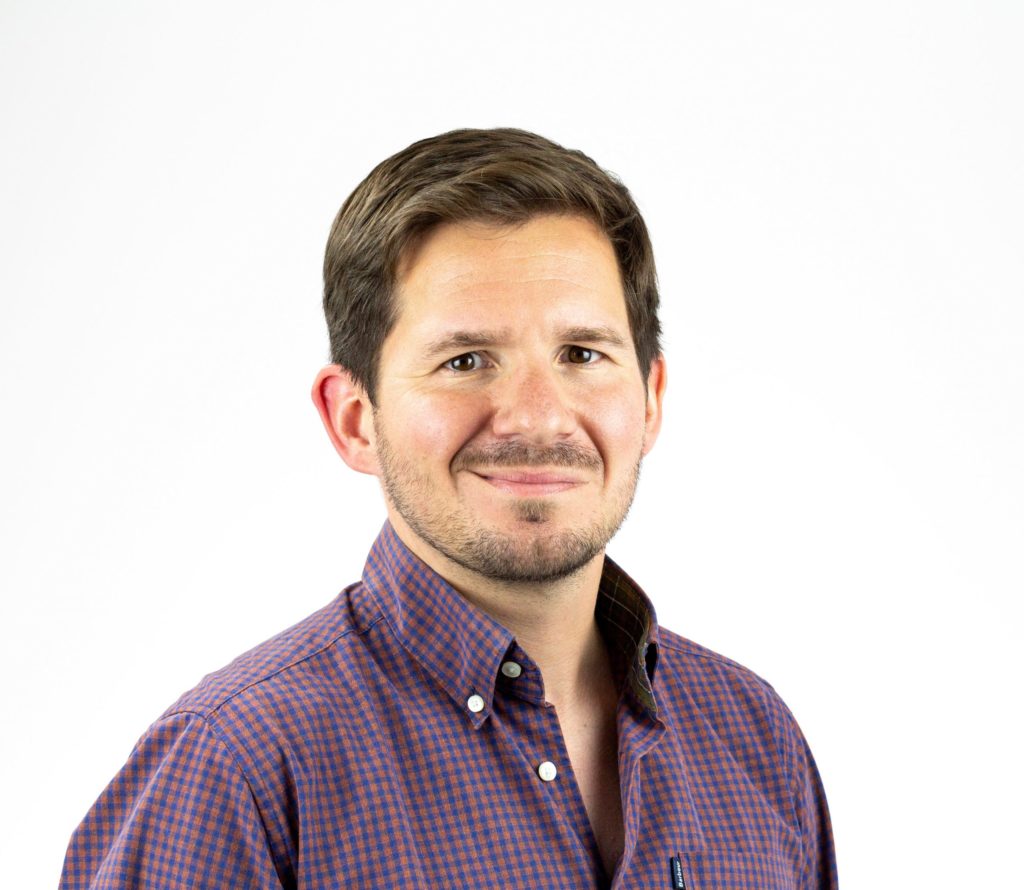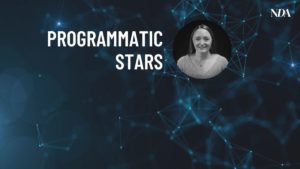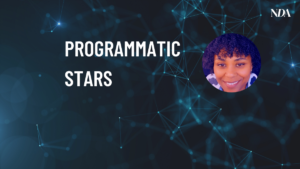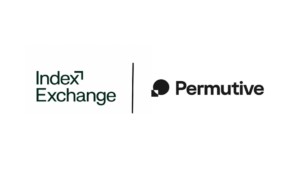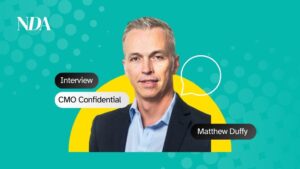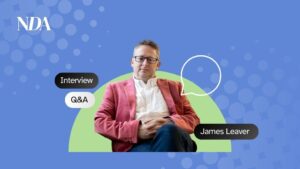Programmatic Stars celebrates the pioneers, trailblazers and innovators holding the role of Head of Programmatic, one critical to any company today.
Ricardo Amboage is Head of Programmatic and Display Investment at Starcom.
What is the biggest opportunity for programmatic over the next year?
There is still a lot of untapped potential when it comes to the deployment of programmatic solutions across the media landscape. Channel diversification will continue to be the biggest opportunity for programmatic until it reaches the point it is as commonplace in all channels as it is across display and video.
2019 felt like a turning point for a number of reasons. The great groundwork laid by Global’s DAX and others in the adtech space, coupled with the proliferation of smart speakers and podcasts, meant that programmatic audio saw significant growth. We saw fierce rivals come together to develop market solutions, first the publishers with Ozone, and now the TV broadcasters are also much more leant in to programmatic opportunities.
In 2020 we are seeing the maturity of programmatic in the Digital OOH market. Whereas in previous years there had been a feeling of inertia in these channels, it genuinely feels like now anything is possible.
What are the biggest challenges for programmatic and how will we overcome them?
As I write this there are unprecedented challenges for the whole of media as a result of the Covid 19 pandemic, and as a result, all previous problems have been put in perspective. The positive outcome of these troubled times however is an enthusiasm that when we get through this, we will be able to get through anything!
One thing I predict will happen in the medium term will be a refocusing on accountability of media spend. With it there will be a certain demand for agility and flexibility in activation that plays to the strengths of programmatic.
However, we will also see an increased requirement to attribute media spend to short-term incremental business outcomes. An unforeseen consequence of increased regulation and the stricter privacy polices of browsers is that it has made it harder to deploy measurement solutions.
How will we overcome the challenge of measurement? At the moment there are variety of different solutions to the challenges of ID resolution and attribution, but the key will be collaboration. The long-term solves will be those that benefit advertisers and publishers alike, and that unite all parts of the ad tech ecosystem.
What innovation or technology in programmatic are you most excited about?
Linked to the challenge above, it is clear that those advertisers, publishers and agencies that have strong first-party data assets will be the ones best equipped to navigate changes to the marketplace. Through our acquisition of Epsilon last summer, now not only are we working with clients to develop their data strategies, but we are also able to draw on our own incredibly rich and compliant first party data assets.
It’s these innovations that excite me, and that are increasingly exciting brands in pitches!
How is the role of ‘head of programmatic’ evolving or changing?
Over the last 18 months I’ve had to read a lot more regulatory documents and parliamentary briefings, have more discussions with government bodies, and more meetings with lawyers than I had ever anticipated! It just adds to the rich variety of the role.
What do you love most about your role as Head of Programmatic?
My favourite aspect of my role has always been the variety of people I get to work with on a daily basis. Especially working within agencies, the breadth and variety of challenges we help solve means that it is never boring.
At Starcom we’re blessed to be working with some of the most exciting, forward-thinking brands pretty much covering every category and vertical.
Within a week I may be talking with the team about a global product launch, and also supporting a hyper-local new store opening; we will be looking at how we deliver objectives such as the broadest reach goal, or the most niche B2B targeting; or how we improve weekly ecommerce results, versus planning for headline partnerships like the Olympics that (usually) only happen every four years.
This spectrum of work means that I’m constantly meeting all sorts of passionate and knowledgeable clients, learning about new publishers, app owners, and uncovering other rich sources of data and insight.
This also means we have a brilliant team with a huge diversity of skills from individuals from all sorts of backgrounds such as programmatic trading – offline and online media, ad operations, media sales, designers and developers.
What is your proudest achievement in programmatic?
When I took on this role, one clear objective for me was to breakdown any walls that isolated the programmatic team from the rest of the agency. Rather than being viewed as purely a ‘trading function’, we instead wanted to put programmatic experts and capabilities front-and-centre of our client solutions.
This has meant broadening the footprint of programmatic skills beyond my direct team. At Starcom we now have people who can confidently develop programmatic solutions across planning, there are strategist that can mine programmatic data for human insight, and our investment teams are as comfortable navigating demand side platforms (DSPs) as they are more traditional planning, buying, and reporting systems.



